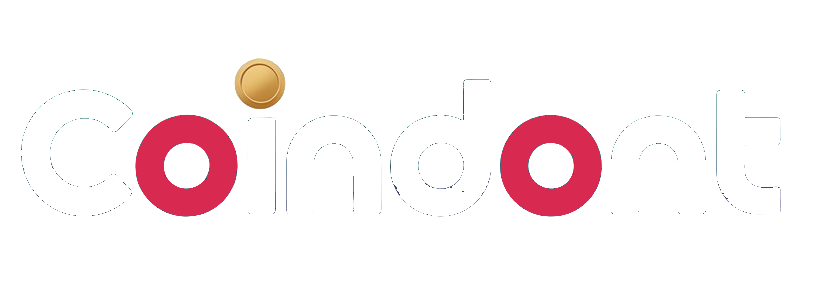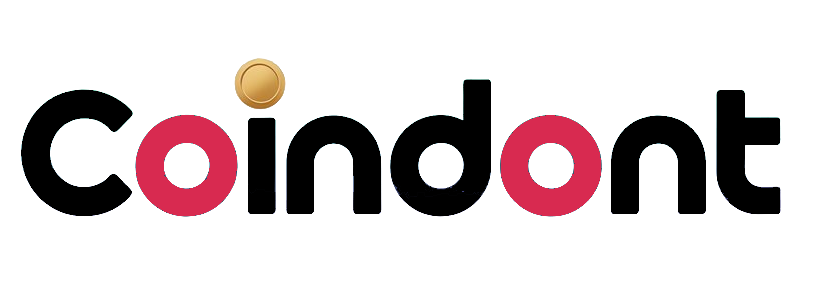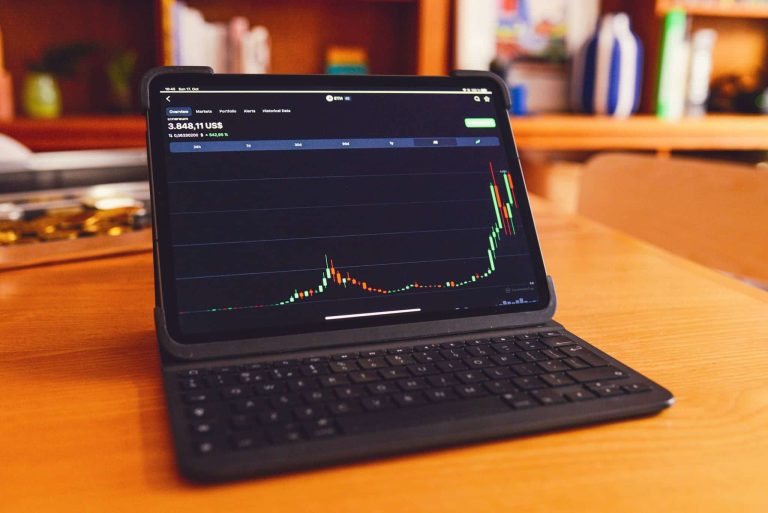The fundamental concept of prop firm trading involves delivering consistent market advantages to the firm which provides funding and risk management systems and then dividing the profits between you. The transition from self-funded to partnered capital operations transforms your business incentives and risk management systems and performance evaluation methods. The main reason retail traders search for top prop trading firms is when they want to grow their trading business without risking their personal capital.
How prop firms actually work (without the fluff)
The majority of established programs share a comparable educational progression. The first assessment evaluates your ability to follow established rules about daily loss limits and total drawdowns and news trading restrictions while achieving a realistic profit target at a safe level of risk. The system will redirect you to a funded account which comes with position restrictions and payout conditions and allows you to boost your purchasing capacity through successful trading activities. From there, your job is to make the routine boring—in the best way.
What to look for in a firm (the practical checklist)
Before you sign up, confirm the mechanics that will shape your day-to-day. For a neutral baseline on why guardrails matter, skim the CFTC’s trading guidance and then compare firms with this lens:
- Risk transparency: Daily loss caps, equity-based drawdown, and news rules that are easy to understand and enforce.
- Payment reality: Payout frequency, minimums, and documentation—speed and clarity beat a flashy headline split.
- True costs: Commissions, exchange/data fees, and any hidden markups that eat into active strategies.
- Scaling path: Clear milestones for increased buying power and whether size reductions follow a drawdown.
- Platform stability: Reliable order routing, fast quotes, and bracket orders that auto-attach stops.
- Support & learning: Real human support, plus communities that prioritize process over hype.
Rules aren’t red tape—they’re fuel for focus
A company framework protects financial assets but it also protects your mental well-being. Equity-based limits operate as a tracking system which enables users to monitor their current open risk positions accurately. The 3R daily cap serves as a protective system which stops one bad hour from destroying the entire week. Two A-quality attempts in your first hour will outperform ten impulsive stabs almost every time. The process of restriction leads to increased freedom because it generates superior outcomes through minimized substandard decisions and enhanced operational performance at current standards.
Daily routine essentials (simple, on purpose)
You don’t need a complicated strategy; you need one setup you can run on a tired Tuesday. Keep risk fixed per trade (your “1R”) and let the ticket size from the stop distance. Then make your environment enforce it:
- One-minute preflight: Symbol whitelisted, stop auto-attached, HTF level visible, news window clear, equity alerts armed.
- Execution rules: Two A-quality attempts in your window; walk away at −3R—no pep talks, no “one more.”
- After a spike: The next session is a consolidation day (baseline size or −20%; two A-setups max).
- Journal you’ll keep: Instruments, net in R, worst equity dip, one behavior to repeat/remove, plus two screenshots (cleanest win, costliest mistake).
Evaluations: why good traders still fail
The main focus should be on pursuing the target rather than focusing on the target itself. Most trading breaches occur when traders experience euphoria after a successful day or when they act impulsively during limited market windows. The combination of pre-set templates and alert systems proves more effective than human willpower in this situation. The order ticket should calculate position size automatically while showing your equity balance and set a −2R heads-up alert which will trigger a hard stop at −3R. The system will indicate when to stop trading so you must follow its instructions without exception. The practice of following system signals leads to more traders getting funded than any hidden entry method.
Payouts, splits, and what really matters
An “80%+” split looks great on a banner, but lived experience comes down to operations:
- Are payouts weekly or bi-weekly?
- Are thresholds reasonable?
- Do confirmations and bank receipts line up cleanly?
Predictable cash-flow builds trust—and lowers the cognitive load that often leaks into execution.
Part-time traders can absolutely pass
You need to set aside 60–90 minutes of uninterrupted time that you can dedicate to trading based on London pullbacks, New York momentum and Asia mean-reversion patterns. Create a single trading plan before the bell which states to purchase pullbacks above X and fade price movements below Y. This single sentence should function as a decision-making tool to reject half of your trading impulses. Consistency beats duration.
Mindset is the quiet lever
Fear and euphoria are part of the job; pretending otherwise makes them louder. When nerves creep in, a quick reset grounded in stress science helps: slow your breathing, return to the checklist, and let the next step—not the last outcome—drive the decision. Over time, your routine carries you to tidy red days and steadier green ones.
Bottom line
The trading operation of a prop firm exists as a partnership structure. The firm provides financial backing and organizational structure and regulatory protection to support your small but consistent trading advantage and disciplined approach. Begin with one trading setup and stop size while keeping an eye on equity and performing basic preflight checks to prevent costly errors. Trading evaluation procedures will evolve into automated processes which create a more peaceful and professional trading environment.
DisClamier: This content is informational and should not be considered financial advice. The views expressed in this article may include the author’s personal opinions and do not reflect The Crypto Basic opinion. Readers are encouraged to do thorough research before making any investment decisions. The Crypto Basic is not responsible for any financial losses.


